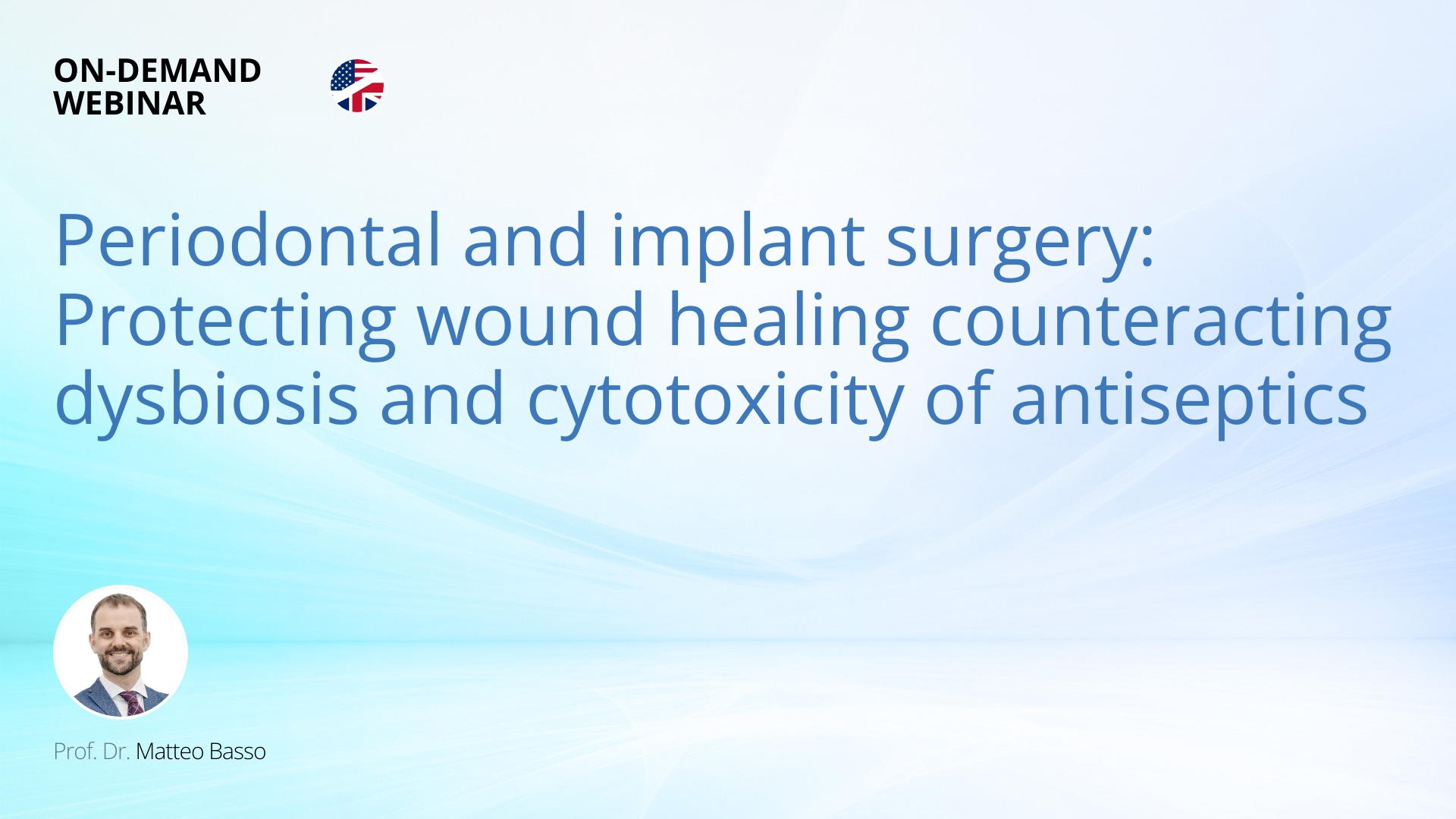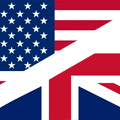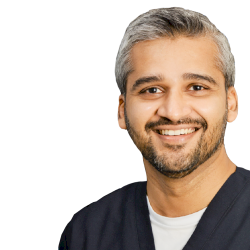Periodontal and implant surgery: Protecting wound healing counteracting dysbiosis and cytotoxicity of antiseptics
The role of oral antiseptics is a widely discussed topic in modern dentistry. The properties of different active principles, their advantages, disadvantages and side effects are often well known by dentists and dental hygienists, but the balance of the efficacy on the oral biofilm, side effects and the desired benefits leads to the choice of chlorhexidine, considered even now the “gold standard”. Are newest formulas effective in counteracting supposed cytotoxic action of active principles and at the same time protecting the wound healing?
Chlorhexidine is nowadays considered the gold standard for oral antisepsis. Its role ha been confirmed again in the most recent guidelines from AAP and EFP, and the outcomes of periodontal and implant therapies are strongly related even to a good chemical control of plaque. Several formulations are actually able to give further benefits: no staining technology given from Anti Discoloration System has already strong evidence and literature. Other components such as polynucleotides or hyaluronic acid can increase the biological benefits, speeding up the healing phase and keeping patient’s cells alive and reactive.
The aim of the presentation is to show and discuss the most recent concept and researches involving the role of oral antiseptics, guidelines for their clinical use in the management, therapy and maintenance of periodontal and peri implant diseases. The audience will learn about the most common side effects of chlorhexidine, strategies for preventing the lack of patient’s compliance in respecting the prescribed use of postsurgical rinses/applications, and the state of the art of the protocols involving antiseptic regimens. Common criticisms over chlorhexidine, such as potential negative impact on wound healing and on some cell lines (e.g. keratinocytes or fibroblasts) will be discussed and denied.
It will be shown as a simple gesture like rinsing with specific mouthwashes can dramatically improve the intraoral healing phases and control of biofilm, respecting patient’s eubiotic microbiota.


 CE Communities
CE Communities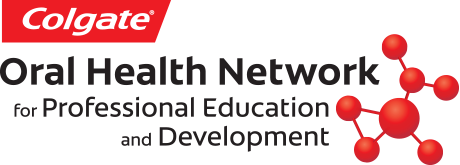
























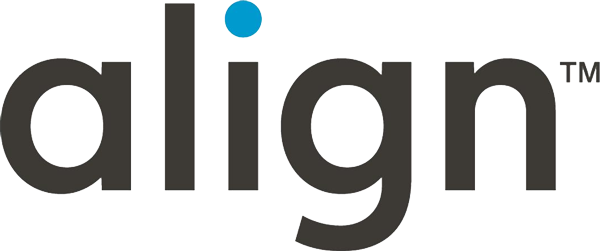

 English
English























